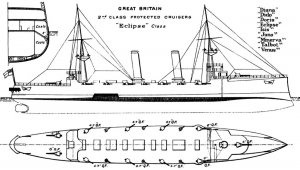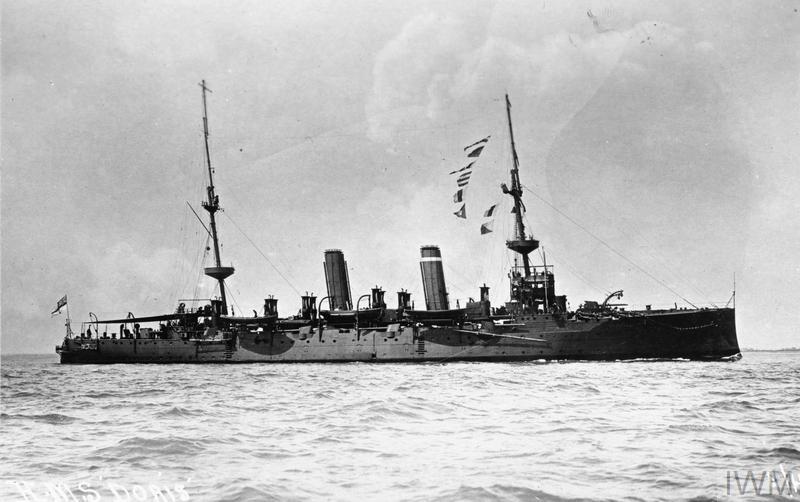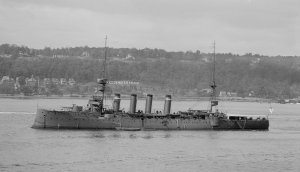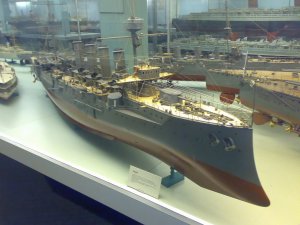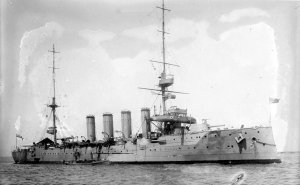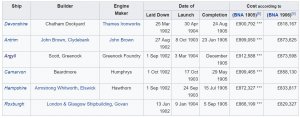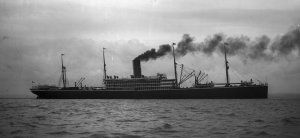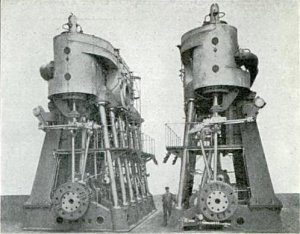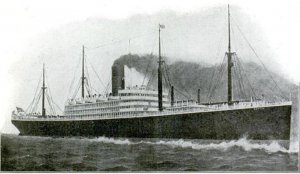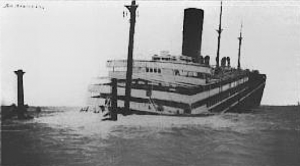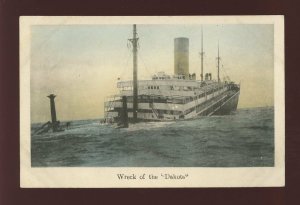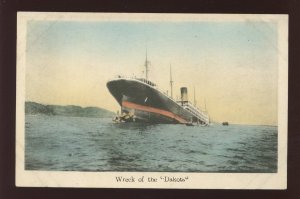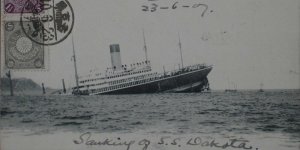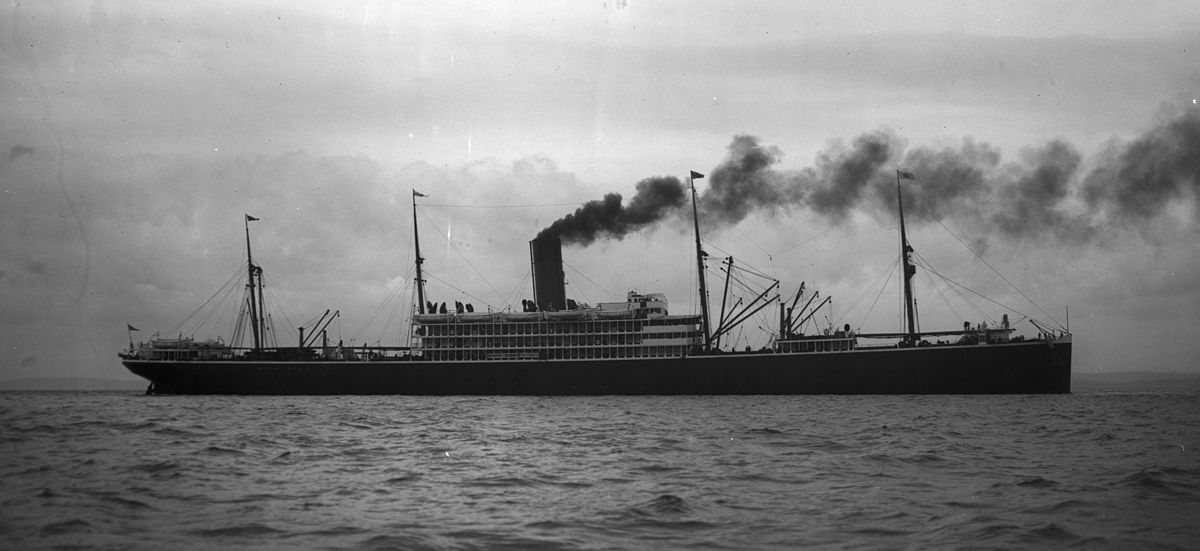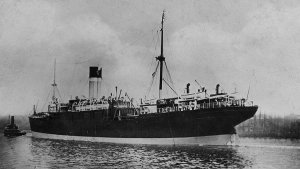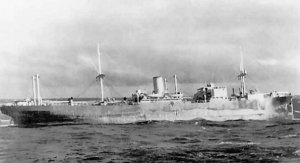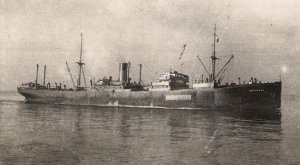Today in Naval History - Naval / Maritime Events in History
3 March 1799 - HMS Leander, a Portland-class 50-gun fourth rate of the Royal Navy, captured
HMS Leander was a
Portland-class 50-gun
fourth rate of the Royal Navy, launched at Chatham on 1 July 1780. She served on the West Coast of Africa, West Indies, and the
Halifax station. During the French Revolutionary Wars she participated in the Battle of the Nile before a French ship captured her. The Russians and Turks recaptured her and returned her to the Royal Navy in 1799. On 23 February 1805, while on the Halifax station,
Leander captured the French frigate
Ville de Milan and recaptured her prize, HMS
Cleopatra. On 25 April 1805 cannon fire from
Leander killed an American seaman while
Leander was trying to search an American vessel off the US coast for contraband. The resulting "Leander Affair" contributed to the worsening of relations between the United States and Great Britain. In 1813 the Admiralty converted
Leander to a hospital ship under the name
Hygeia.
Hygeia was sold in 1817.
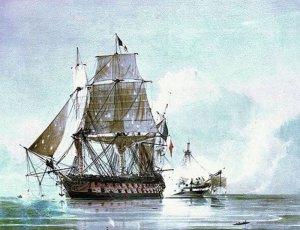 Action between H.M.S.
Action between H.M.S. Leander
and the French National Ship Le Généreux, August 18th 1798,
C. H. Seaforth.
Généreux visible in the front,
Leanderdamaged in background.
Early service
She was commissioned in June 1780 under Captain Thomas Shirley. She was the
first Royal Navy vessel to be named for this protagonist in the Greek myth of
Hero and Leander.
Leander cruised for some time in the North Sea.
At the end of 1781
Leander and the
sloop-of-war HMS
Alligator sailed for the Dutch Gold Coast with a convoy, consisting of a few merchant-vessels and transports. Britain was
at war with the Dutch Republic and Shirley launched an unsuccessful attack on 17 February on the Dutch outpost at
Elmina, being repulsed four days later.
Leander and Shirley then went on to capture the small Dutch forts at
Moree (Fort Nassau - 20 guns), Kormantine (Courmantyne or Fort Amsterdam - 32 guns; 6 March), Apam (Fort Lijdzaamheid or Fort Patience - 22 guns; 16 March), Senya Beraku (Berricoe, Berku, Fort Barracco or Fort Goede Hoop - 18 guns; 23 March), and
Accra (Fort Crèvecœur or Ussher Fort - 32 guns; 30 March).
Leander also destroyed the French store-ship
Officeuse, off Senegal, supposed to be worth
£30,000. Shirley garrisoned those facilities with personnel from Cape Coast.
Shirley sent two sets of dispatches back to Britain. One set went in the transport sloop
Ulysses, which was under the command of Captain Frodsham. The French frigate
Fée captured
Ulysses and took her into
Brest, but not before her captain had weighted the dispatches and thrown them overboard. Shirley's
first lieutenant, Mr. Van court, took the second set in the
cartel transport
Mackerel, which also carried the Dutch governors of the forts to Europe.
Shirley then sailed to the West Indies where towards the end of 1782 as senior captain he became commanding officer prior to the arrival of Admiral
Hugh Pigot. Pigot promoted him to captain of the 90-gun
HMS Union.
Pigot appointed Captain John Willet Payne to replace Shirley. On 18 January 1783,
Leander was escorting a cartel when the two vessels encountered a large French warship at midnight. After an inconclusive engagement of two hours,
Leander and her opponent separated. Pigot reported that the French vessel was probably a 74-gun ship of the line. Furthermore, rumour had it that she was the
Couronne and that she had gone on to Puerto Rico. On 4 March
Leander captured the brig
Bella Juditta.
Leander was one of the five warships and the armed storeship
Sally that shared in the proceeds of the capture on 23 March of the ship
Arend op Zee.
[8] Captain J. Reynolds took command briefly in 1784 before
Leander was paid-off in Portsmouth in April.
She was recommissioned in August 1786, after repairs in 1785. Captain
Sir James Barclay commissioned
Leander in August 1786 and then sailed her for
Nova Scotia on 9 April 1787. She served as flagship for
Sir Herbert Sawyer in 1788 until paid off in September. Captain Joseph Peyton, Jr. immediately recommissioned her as the flagship for his father Rear-Admiral Joseph Peyton, Sr. She sailed for the Mediterranean on 22 December.
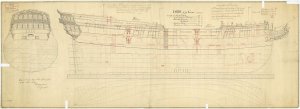 Scale: 1:48. Plan showing the body plan with stern decoration and name on the counter, sheer lines with inboard profile and figurehead, and longitudinal half-breadth for Isis (1774), a 50-gun Fourth Rate, two-decker, as completed at Chatham Dockyard. The plan was later proposed (and approved) for building Jupiter (1778) and Leander (1780). Signed by John William [Surveyor of the Navy, 1767-1784].
French Revolutionary and Napoleonic Wars
Leander
Scale: 1:48. Plan showing the body plan with stern decoration and name on the counter, sheer lines with inboard profile and figurehead, and longitudinal half-breadth for Isis (1774), a 50-gun Fourth Rate, two-decker, as completed at Chatham Dockyard. The plan was later proposed (and approved) for building Jupiter (1778) and Leander (1780). Signed by John William [Surveyor of the Navy, 1767-1784].
French Revolutionary and Napoleonic Wars
Leander was recommissioned in May 1795 under Captain Maurice Delgano. On 12 May 1796 she was part of Admiral Duncan's squadron, when HMS
Phoenix, of the squadron, captured the Dutch frigate
Argo and the brig
Mercury. The Royal Navy took both
Argo and
Mercury into service:
Argo became HMS
Janus and
Mercury became HMS
Hermes.
Leander shared by agreement in the proceeds of the capture of the
Vrow Hendrica, captured on 22 October.
In November 1796
Leander came under the command of Captain Thomas Boulden Thompson. She then escorted a convoy to Gibraltar on 7 January 1797.
Leander joined the
Mediterranean Fleet under
Earl St Vincent, and was assigned to the squadron under Horatio Nelson. Thompson took part in Nelson's
attack on Santa Cruz in July 1797. Thompson was among the leaders of the landing parties, under the overall direction of Nelson and Thomas Troubridge. Wind hampered the initial attempts to force a landing; the Spanish defenders immediately subjected the successful landing in the evening of 22 July to heavy fire. Still, Thompson's party were able to advance and spike several of the enemy's cannon. However, the British forces had become dispersed throughout the town, and were forced to negotiate a truce to allow them to withdraw. Thompson himself was wounded in the battle.
Leander lost seven men killed, 6 wounded (including Thompson), and one missing.
Nile
Under Captain Thomas Thompson
Leander took part in the Battle of the Nile on 1 August 1798. She was able to exploit a gap in the French line and anchor between
Peuple Souverain and
Franklin, from which position she raked both enemy ships while protected from their broadsides. In the battle she suffered only 14 men wounded.
Capture[edit]
Carrying Nelson's dispatches from the Nile and accompanied by
Sir Edward Berry,
Leander encountered the 74-gun French
third rate Généreux off Crete on 18 August 1798. In
the subsequent action,
Leander lost 35 men killed and 57 wounded, including Thompson. The French suffered 100 killed and 180 wounded, but captured
Leander. The French took her into service under her existing name.
The French treated the prisoners badly and plundered almost everything but the clothes the British had on their backs. When Thompson remonstrated with
Captain Lejoille of
Généreux, Lejoille answered nonchalantly,
"J'en suis fâché, mais le fait est, que les Français sont bons au pillage." ("It makes me angry, but the fact is, the French are good at pillaging.") They refused treatment for Thompson, who had been badly wounded.
Leander's surgeon, Mr. Mulberry, was able to remove a musket ball from Thompson's arm only after the vessels reached Corfu on 1 September and he was smuggled aboard the vessel where the French were holding Thompson. Most of the officers returned to Britain on parole but the French detained a number of seamen, and in particular Thomas Jarrat, the carpenter, after he refused to reveal to them the dimensions of
Leander's masts and spars. Captain Lejoille tried, albeit unsuccessfully, to get some of the British crew that he had detained to assist him when a Turko-Russian fleet appeared off Corfu. The British refused
The subsequent court-martial aboard
HMS America at
Sheerness most honourably acquitted Thompson, his officers, and his crew. The court also thanked Berry for the assistance he gave during the battle. As Thompson was rowed back to shore, the crews of all the ships at Sheerness saluted him with three cheers. He was subsequently knighted and awarded a pension of £200 per annum.
Leander was at Corfu when a joint Russian and Ottoman force
besieged the island. On 28 February 1799, the Russians and Ottomans attacked
Vido, a small island (less than a kilometer across) at the mouth of the port of Corfu. A four-hour bombardment by several ships suppressed all five shore batteries on the island.
Leander and the corvette
Brune tried to intervene but were damaged and forced to retreat to the protection of the batteries of Corfu.
The Russians and Turks recaptured
Leander and
Brune when Corfu capitulated to them on 3 March 1799. The Russians restored
Leander to the Royal Navy. They also gave
Brune to the Ottomans.
Return to British service
Leander was recommissioned in the Mediterranean under Commander Adam Drummond in June 1799. In September Captain Michael Halliday took command.
From July 1801 to June 1802 she refitted at Deptford. She recommissioned in May under Captain
James Oughton as flagship for Vice-Admiral
Sir Andrew Mitchell.
In July she sailed for
Halifax. Captain Francis Fane took command a year later, in August 1803, with Captain Alexander Skene replacing him in November. On 16 August 1804
Leander was in company with HMS
Cambrian when they recaptured the
Hibberts.
She then had three more captains within the year:
George Ralph Collier, Oughton again, and from November, John Talbot.
On 23 February 1805, while on the Halifax station,
Leander discovered the French frigate
Ville de Milan, under Captain Pierre Guillet, and the British
Cleopatra, which the
Ville de Milan had captured the day before. The engagement between
Ville de Milan and
Cleopatra had left both ships greatly damaged. Consequently, when they encountered
Leander they
struck to
Leander without a fight.
Leander came upon
Cleopatra first, and as soon as she struck, the British prisoners on board her, i.e., her original crew, took possession of her. She then followed
Leander towards
Ville de Paris, which too struck. The Navy took
Ville de Milan into service as
HMS Milan.
On 3 June
Leander captured the
Nancy. Three days later she captured the
Elizabeth. The next day
Leander captured the
Volunteer. On 12 October,
Leander captured the
Vengeance.
Thereafter, in recognition of the capture of
Ville de Milan and the recapture of
Cleopatra, the Admiralty promoted Talbot to command of ship of the line
Centaur.
The Leander Affair
HMS
Leander then came under the command of Captains William Lyall and
Henry Whitby.
Leander, HMS
Driver under Slingsby Simpson, and HMS
Cambrian, under John Nairne, were repeatedly stationed off
Sandy Hook, ostensibly to keep watch on two French frigates that had taken refuge in the harbour. However, in the summer of 1804, the warships began stopping and boarding all American ships going into New York just outside the United States's three-mile territorial limit, and searching them for any French goods. If anything suspicious was found, the ship was detained and taken to Halifax.
On 25 April 1806,
Leander fired a warning shot over the bow of a merchantman, signalling it to stop. The cannonball passed into the harbour, decapitating John Pierce, the
helmsman of the
Richard, a small coasting sloop inside the harbour. The sloop's captain, who was Pierce's brother, made his way to
New York City, where he gathered a mob that paraded Pierce's body and head through the streets. The next day, an angry mob intercepted a party from the
Leander returning to their ship with a load of provisions; the mob seized the provisions and placed them on twenty carts, the lead one bearing a pole flying an American flag and a British one below it. The carts were wheeled around the city as members of the mob beat drums. When the crowd reached Alms House, the provisions were given to the poor, and the British flag was burned. Protest meetings were held over the incident. John Pierce was given a large public funeral. Four of the
Leander's officers caught ashore were imprisoned for their own protection, and were later secretly released. On 14 June President
Thomas Jefferson issued a proclamation against Captain Whitby. He ordered
Leander,
Driver and
Cambrian immediately to quit US waters and forbade them ever to return. He extended the same prohibition to all vessels that Captains Whitby, John Nairne and Simpson might command. Whitby was court martialed in England on the charge of murdering John Pierce, but was acquitted.
On 26 April
Leander,
Cambrian and
Driver captured the American ship
Aurora.
In May Captain
Salusbury Pryce Humphreys took command of
Leander at Halifax as she became the flagship for Admiral
George Berkeley. Captain Richard Raggett then sailed her back to Britain in 1807.
Fate
By 1807
Leander was out of commission at Portsmouth. In 1808 she was in Plymouth. In October 1810,
Leander was fitted as a medical depot ship at Portsmouth. In 1813 the Admiralty commissioned a new
Leander so the old
Leander was given the name
Hygeia.
Hygeia was sold on 14 April 1817 to a Mr. Thomas for £2,100.
Portland class (Williams)
- Portland 50 (1770) – sold 1817
- Bristol 50 (1775) – broken up 1810
- Renown 50 (1774) – broken up 1794
- Isis 50 (1774) – broken up 1810
- Leopard 50 (1790) – wrecked 1814 near the Isle of Anacosti in the Saint Lawrence River due to the disobedience and neglect of the officer of the watch
- Hannibal 50 (1779) – captured by France 1782
- Jupiter 50 (1778) – wrecked 1808, with no loss of life, in Vigo Bay
- Leander 50 (1780) – captured by France 1798, captured by Russia 1799, returned to Britain, converted to hospital ship 1806, renamed Hygeia 1813, sold 1817
- Adamant 50 (1780) – broken up 1814
- Assistance 50 (1781) – wrecked 1802 on the outer banks of the northern part of Dunkirk Dyke due to the ignorance of her pilot, but with no loss of life due to the help of a Flemish pilot boat
- Europa 50 (1783) – sold 1814

en.wikipedia.org
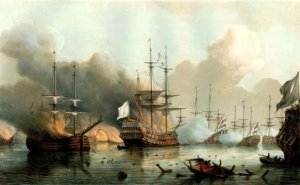
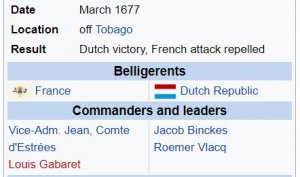
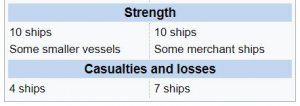
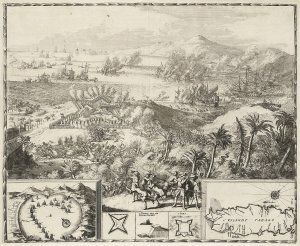









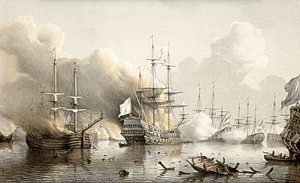
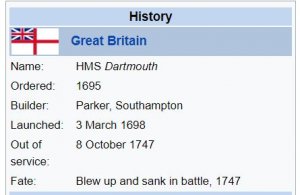
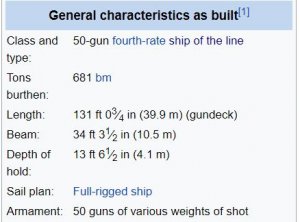
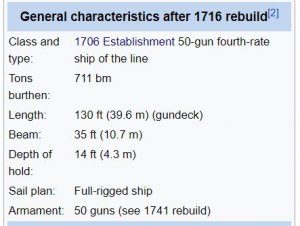
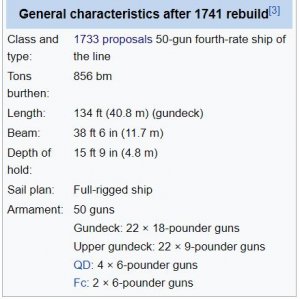
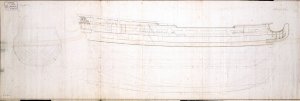
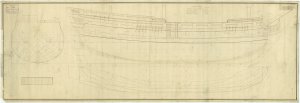
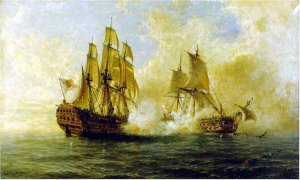

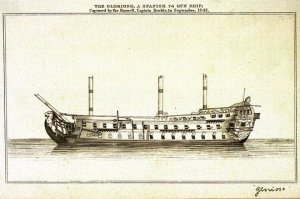
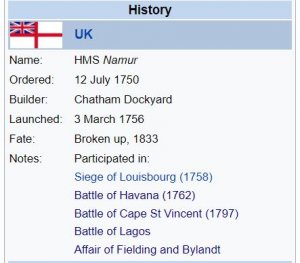
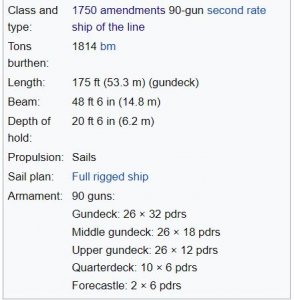


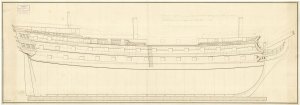
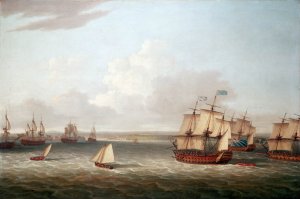

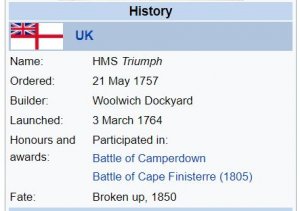
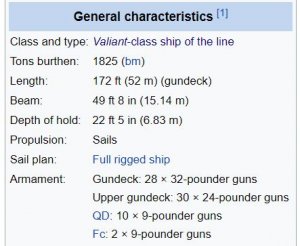
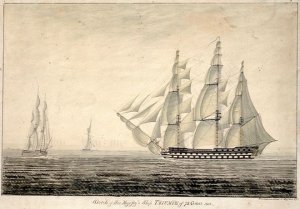
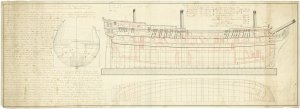
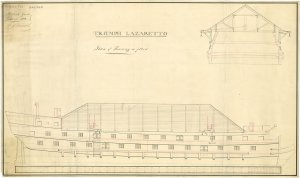




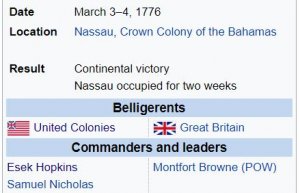
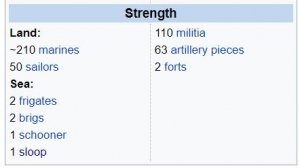



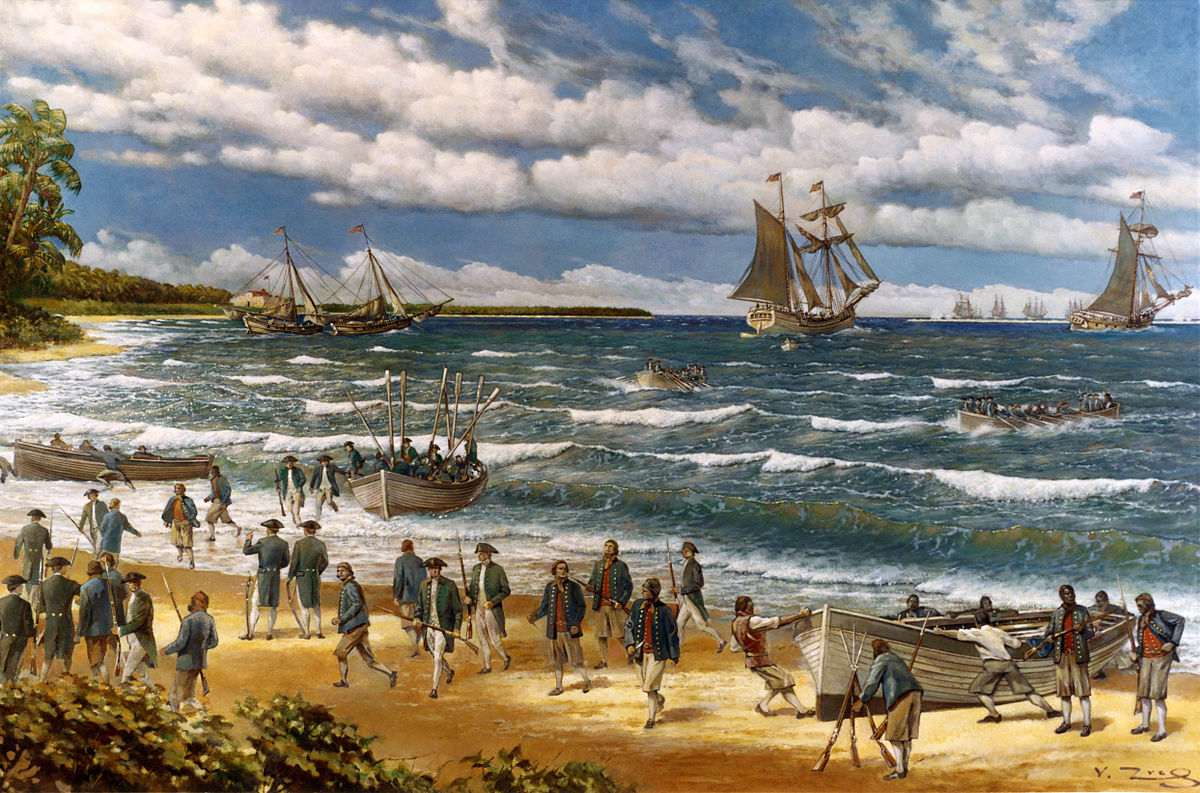
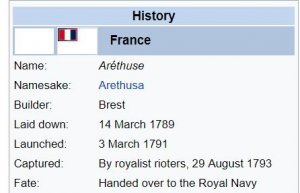
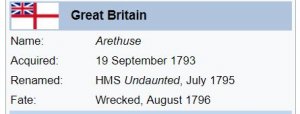
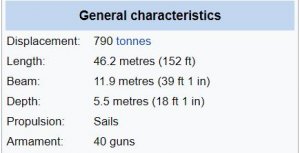

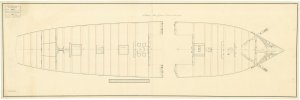
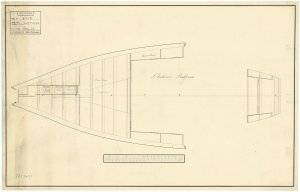
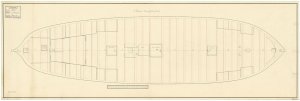
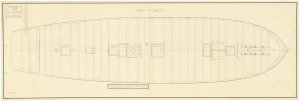
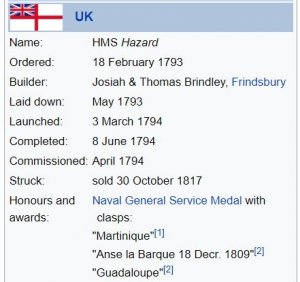
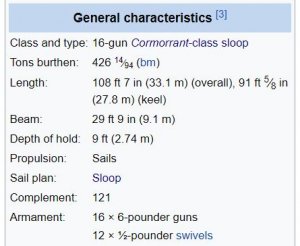
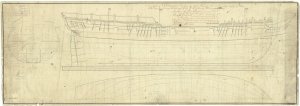
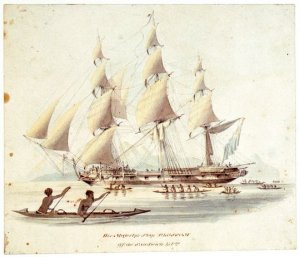

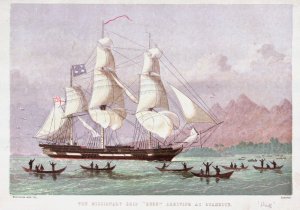
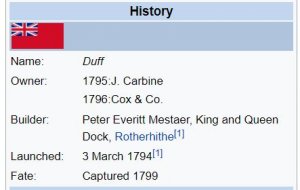
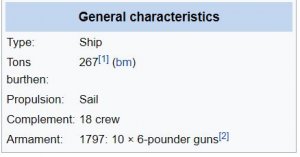
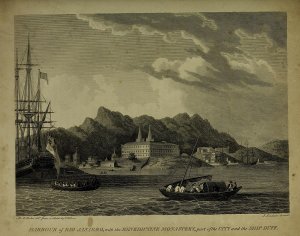


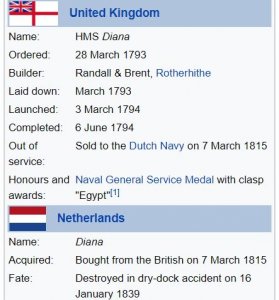
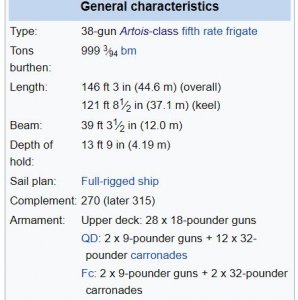
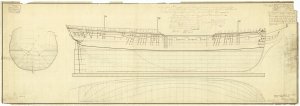
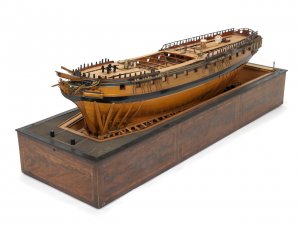
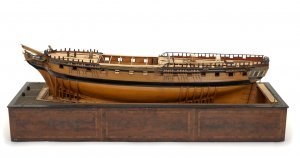
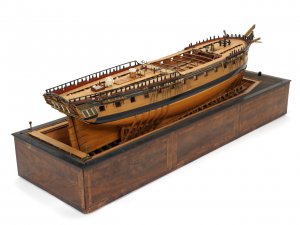
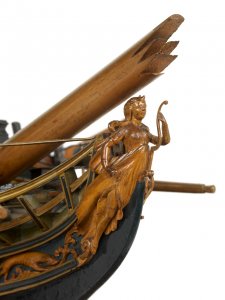
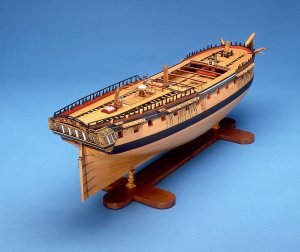
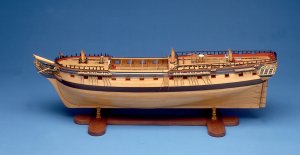
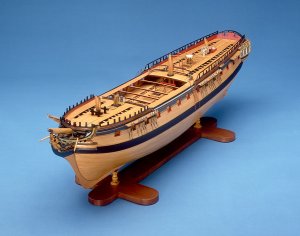
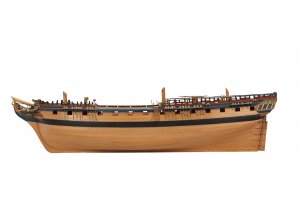
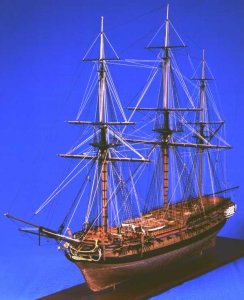
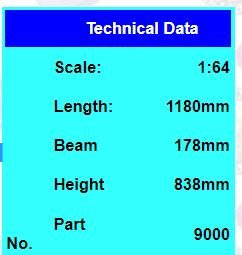
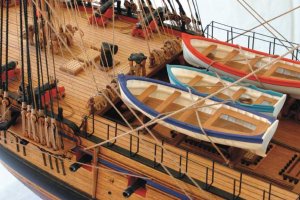


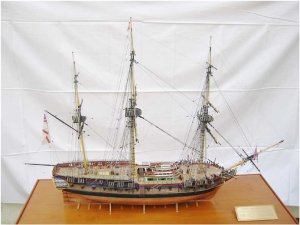
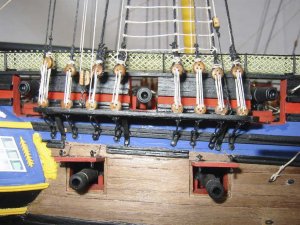
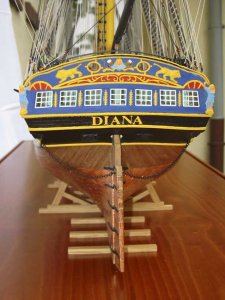
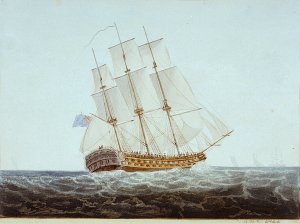
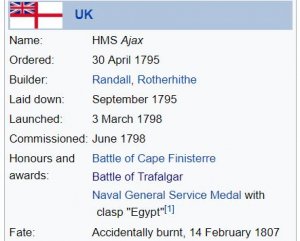
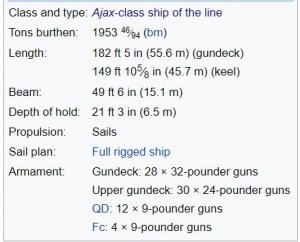

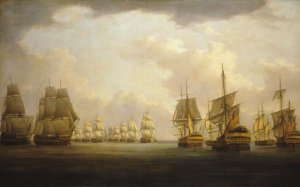





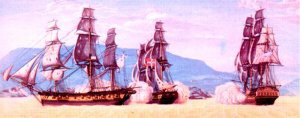
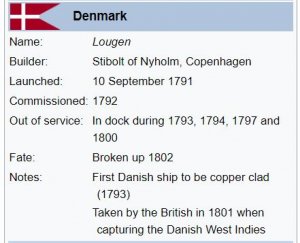
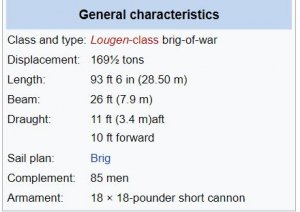
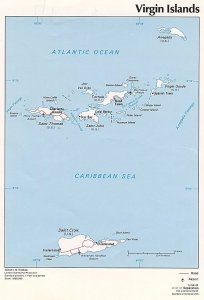
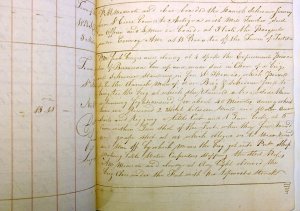

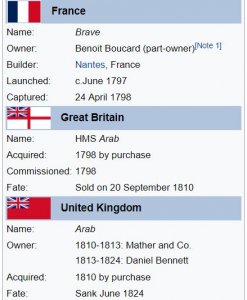
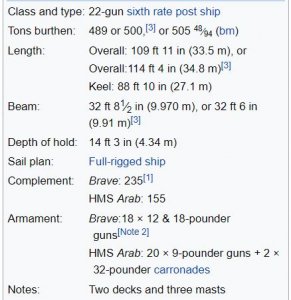

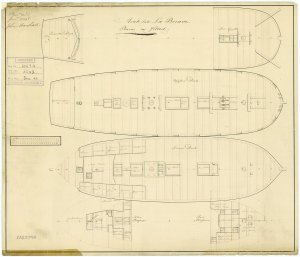

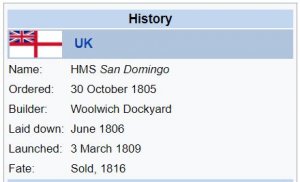
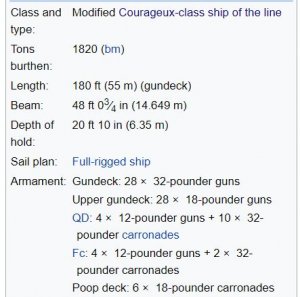


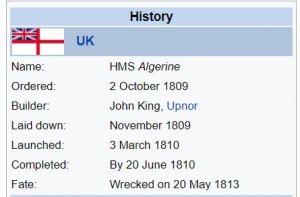

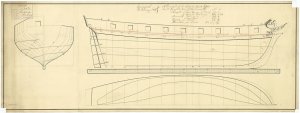
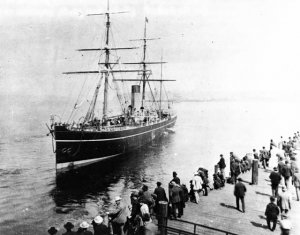
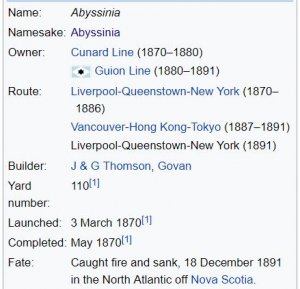
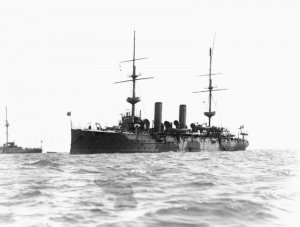
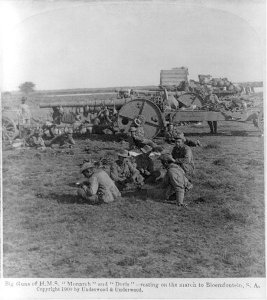
 sheba when she spotted suspicious activity on a bluff commanding the shore. Closing in, her crew discovered it was a Turkish defensive position in the course of construction, and Captain Larken gave orders to open fire with one of the ship's main guns. The emplacement was swiftly destroyed.
sheba when she spotted suspicious activity on a bluff commanding the shore. Closing in, her crew discovered it was a Turkish defensive position in the course of construction, and Captain Larken gave orders to open fire with one of the ship's main guns. The emplacement was swiftly destroyed. ing off the harbour of Alexandretta, Larken sent word to the Military Governor of the town demanding that "All munitions of war, mines and locomotives" be handed over to his crew to be destroyed, and that all British and Allied subjects be surrendered to him, along with their families and effects. Failure to comply would result in the town being shelled.
ing off the harbour of Alexandretta, Larken sent word to the Military Governor of the town demanding that "All munitions of war, mines and locomotives" be handed over to his crew to be destroyed, and that all British and Allied subjects be surrendered to him, along with their families and effects. Failure to comply would result in the town being shelled.
